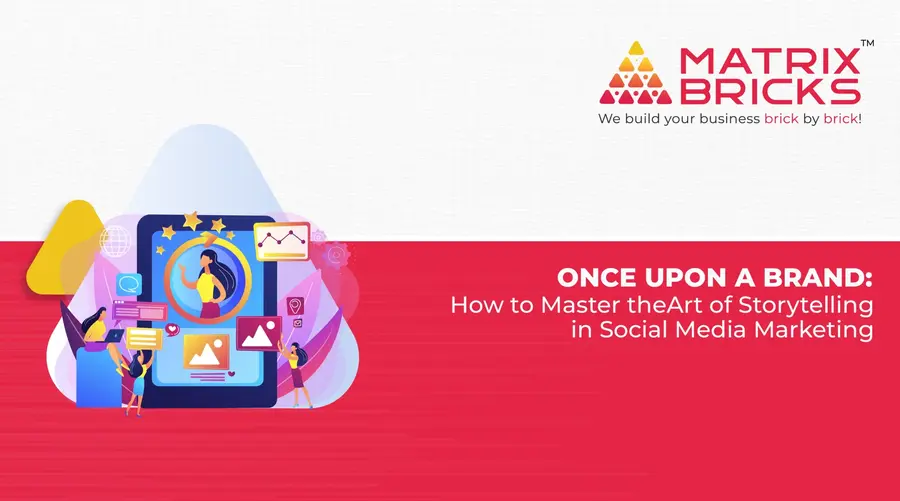In the current digital era, companies are continuously searching for fresh ways to improve customer satisfaction and optimise operations. One of the most transformative technologies in recent years has been the rise of chatbots, especially in customer service. However, while chatbots offer several advantages, they also come with limitations that make human interaction indispensable in certain scenarios. Striking the correct mix between using chatbots and keeping a human touch is essential to success.
This blog explores the benefits of chatbot for business and its role in customer service, alongside the importance of human interaction, to help businesses strike the perfect equilibrium.

The Rise of Chatbots in Customer Service
Chatbots have rapidly gained popularity in customer service due to their ability to provide immediate assistance, 24/7 availability, and cost-efficiency. They can handle a large volume of queries simultaneously, which is particularly useful for businesses dealing with frequent and repetitive customer enquiries.
Key Benefits of Chatbots in Customer Service:
1. 24/7 Availability:
Unlike human agents, chatbots are available round the clock, providing instant support regardless of time zones. This is particularly valuable for global businesses aiming to serve customers at any time of the day.
2. Cost Efficiency:
Implementing chatbots can reduce the need for large customer service teams, saving costs related to salaries, training, and other overheads.
3. Consistency:
By providing constant responses, chatbots make sure that every client gets the same degree of assistance and knowledge.
4. Scalability:
Unlike human agents confined to managing a single contact at a time, chatbots handle a virtually infinite number of consumers concurrently.
The Benefits of Chatbots for Business
The use of chatbots in customer service is just one example of how this technology is revolutionising various business functions. Beyond customer service, the benefits of chatbot for business extend into marketing, sales, and operational efficiency.

Key Advantages of Chatbots for Business:
1. Enhanced Customer Engagement:
Chatbots can initiate conversations, promote products, and provide personalised recommendations based on customer behaviour. This not only increases engagement but also drives sales.
2. Improved Lead Generation:
By collecting customer data and qualifying leads in real-time, chatbots can assist sales teams in prioritising prospects and closing deals faster.
3. Operational Efficiency:
Chatbots automate repetitive tasks such as answering common questions, booking appointments, or processing orders, freeing up human employees to focus on more complex tasks.
4. Data Collection and Analysis:
Chatbots can gather valuable customer data, providing insights that can be used to improve products, services, and marketing strategies.
The Limitations of Chatbots: When Human Interaction Matters
While the benefits of chatbot for business are significant, there are certain limitations that make human interaction irreplaceable in some situations.
1. Key Limitations of Chatbots:
2. Lack of Emotional Intelligence:
Chatbots are programmed to follow scripts and respond to specific queries. They lack the ability to understand and respond to human emotions, making them less effective in handling sensitive or complex issues.
3. Limited Problem-Solving Capabilities:
While chatbots are great at answering common questions, they may struggle with unique or complicated problems that require human judgement and decision-making.
4. Customer Frustration:
In cases where a customer’s query does not match the programmed responses of a chatbot, the interaction can lead to frustration and dissatisfaction. Human agents can offer empathy, patience, and personalised solutions that a chatbot cannot.
5. Lack of Personalisation:
Although chatbots can be programmed to provide personalised responses, they often lack the depth and understanding that human agents can bring to a conversation.
Finding the Right Balance: Chatbots and Human Interaction
The goal for any business should not be to replace humans with chatbots entirely but rather to find the right balance that maximises the strengths of both. To help you achieve this balance, consider the following strategies:
1. Use Chatbots for Routine Tasks:
Chatbots excel at handling routine tasks such as answering frequently asked questions, processing simple orders, or providing status updates. This allows human agents to focus on more challenging and valuable duties.
2. Implement a Hybrid Model:
A hybrid model, where chatbots and human agents work together, can provide the best of both worlds. For example, a chatbot can handle the initial interaction and then escalate the conversation to a human agent if the issue requires more personalised attention.
3. Train Human Agents for Empathy:
While chatbots can handle routine queries, human agents should be trained to offer empathy, patience, and understanding in situations that require a more personal touch. This approach helps to build stronger customer relationships and loyalty.
4. Provide a Clear Path to Human Assistance:
Make sure clients can always choose to speak with a live representative if they so choose. Providing a clear and easy path to human assistance can help alleviate frustration and improve customer satisfaction.
5. Monitor and Optimise Chatbot Performance:
Track chatbot interactions regularly to find areas that need improvement. Use customer feedback and data analytics to optimise chatbot responses and ensure they provide accurate and helpful information.
Real-World Examples: How Businesses Are Finding the Balance
1. Retail Industry:
Many online retailers use chatbots to handle common customer enquiries such as order status, returns, and shipping information. However, for more complex issues like complaints or product advice, they offer a seamless transition to a human agent.
2. Banking Sector:
In banking, chatbots are often used to provide basic account information, answer common questions, or help with transactions. However, for more complex queries, such as mortgage advice or investment planning, human advisors step in to offer personalised guidance.
3. Healthcare:
Healthcare providers use chatbots to schedule appointments, send reminders, or answer common health-related questions. For more sensitive matters, such as discussing symptoms or treatments, human professionals provide the necessary support.
Embracing Both Chatbots and Human Interaction
The debate between chatbots and human interaction is not about choosing one over the other; it’s about finding the right balance that aligns with the needs of both the business and its customers. While the benefits of a chatbot for business are numerous, there are certain situations where human interaction is indispensable.
By leveraging chatbots for efficiency and scalability, and human agents for empathy and complex problem-solving, businesses can create a customer service experience that is both effective and satisfying. Implementing a hybrid model that combines the strengths of both will ensure businesses remain competitive in an ever-evolving digital landscape.
Key Takeaways: Balancing Chatbots and Human Interaction
Understand the Strengths and Weaknesses: Know when to use chatbots and when to rely on human interaction.
1. Use Chatbots for Routine Tasks:
Automate repetitive tasks to free up human agents for more complex issues.
2. Implement a Hybrid Model:
Combine the efficiency of chatbots with the empathy of human agents.
3. Provide Clear Options for Human Assistance:
Ensure customers can easily reach a human agent when needed.
4. Continuously Monitor and Improve:
Regularly review chatbot performance to enhance customer experience.
Conclusion
In conclusion, a balanced approach that integrates both chatbots and human interaction can provide a competitive edge, improve customer satisfaction, and drive business growth. As the use of chatbots in customer service continues to evolve, businesses must remain adaptable and ready to fine-tune their strategies to meet the ever-changing demands of their customers.





